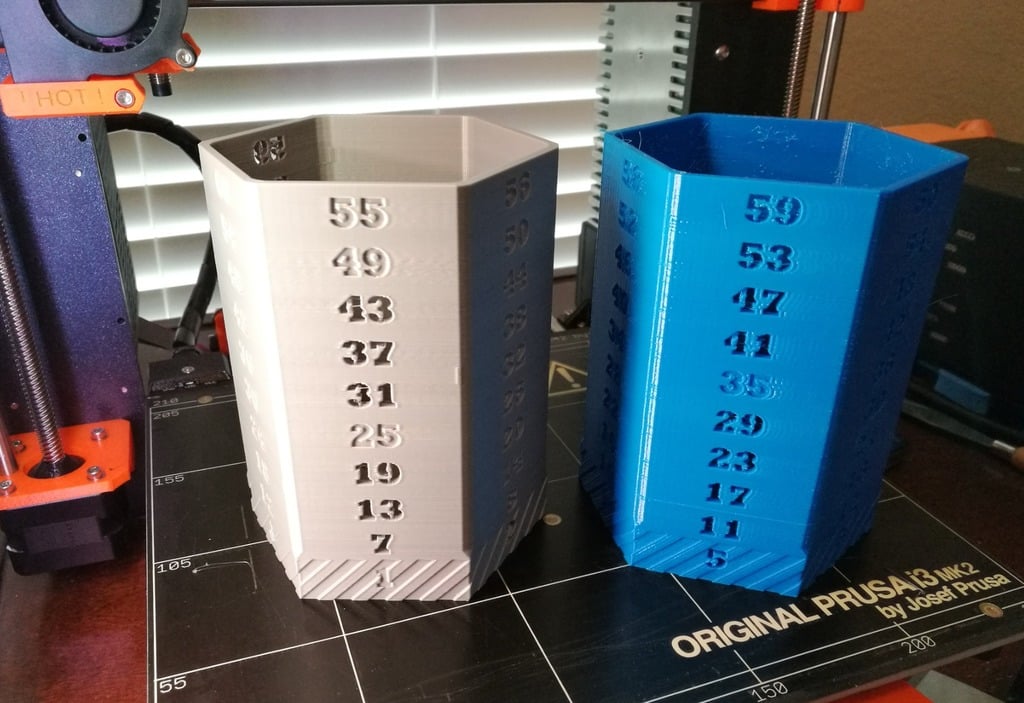
Prime Numbers - a physical proof that they are 6N+/-1 after 3
thingiverse
This object boasts six sides and counts from 1 to 60, with prime numbers carved all the way through its surface for easy identification. Upon closer inspection, one will notice that the first column and the fifth column are uniquely highlighted by containing all prime numbers after three. The question remains: why is this the case? This object has proven itself to be a valuable resource for teachers, students, and math enthusiasts alike. Its functionality extends beyond its mathematical properties, as it can also serve as a handy bucket for storing knick-knacks, pens, pencils, tools, and other miscellaneous items on one's desk. Discussion Points on Primes: - Prime numbers and remainders are inextricably linked, much like cause and effect. Is this relationship absolute? - Twin primes, or pairs of prime numbers separated by two, are a notable phenomenon. Can the 6N±1 rule shed light on why this occurs, excluding the initial two primes (2 and 3)? - Are there an infinite number of prime numbers? If so, what percentage of all numbers in infinity are prime? - Finally, can you prove that every even number greater than two is the sum of two primes? Solving Goldbach's conjecture, one of mathematics' greatest unsolved puzzles, would be a monumental achievement. Perhaps a 3D printing enthusiast will crack this code, armed with the perfect fidget toy to aid their focus.
With this file you will be able to print Prime Numbers - a physical proof that they are 6N+/-1 after 3 with your 3D printer. Click on the button and save the file on your computer to work, edit or customize your design. You can also find more 3D designs for printers on Prime Numbers - a physical proof that they are 6N+/-1 after 3.
